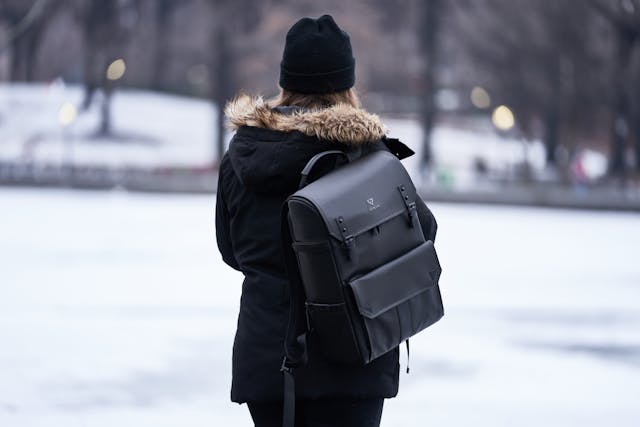Is this you or someone you know?
Each year, millions of Americans are affected by this condition, which causes significant mood changes in response to the shorter days and longer nights.
Typically, SAD occurs during late fall and winter months, especially in northern areas, when there is less sunlight and colder weather. The symptoms usually lift during the spring and summer months.
 SAD is a type of depression, so the symptoms look similar to depression symptoms, and can include:
SAD is a type of depression, so the symptoms look similar to depression symptoms, and can include:
- Sad, anxious, or “empty” feelings
- Feelings of hopelessness, guilt, worthlessness, or helplessness
- Loss of interest or pleasure in formerly enjoyable activities
- Fatigue and decreased energy
- Overeating (or conversely, lack of appetite)
- Difficulty concentrating, remembering details, or making decisions
- Social withdrawal
- Thoughts of death or suicide
If these describe you or a loved one this time of year, you are not alone. Talk to a mental health specialist or health care provider and find out what therapies or treatments may be available to you.
The condition is more likely to occur among: people living in northern areas, younger persons and women.
Treatment includes a combination of antidepressant medications, therapy and exercise. Treatment may also include light therapy, which consists of regular, daily exposure to a “light box,” which mimics outdoor light. The Mayo Clinic has more information about light boxes (https://www.mayoclinic.org/diseases-conditions/seasonal-affective-disorder/in-depth/seasonal-affective-disorder-treatment/art-20048298).
